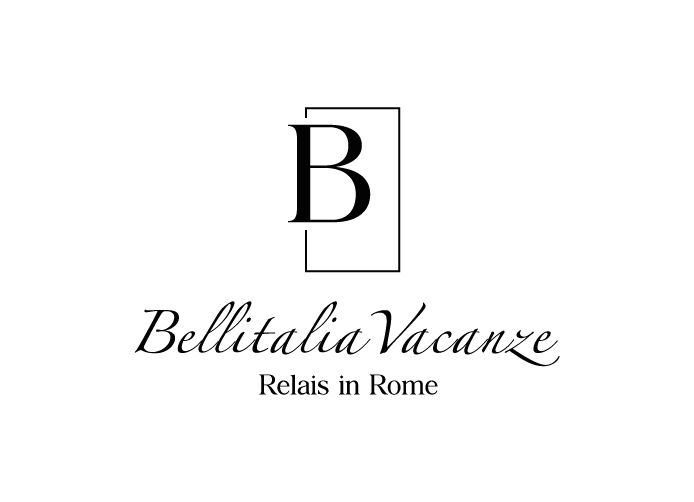Attractions

Viale Vaticano, 00165 Roma RM, Italy
Museo Vaticano
I Musei Vaticani sono il museo nazionale della Città del Vaticano. Fondati da papa Giulio II nel XVI secolo[1], occupano gran parte del vasto cortile del Belvedere e sono una delle raccolte d'arte più grandi del mondo, dal momento che espongono l'enorme collezione di opere d'arte accumulata nei secoli dai papi: la Cappella Sistina e gli appartamenti papali affrescati da Michelangelo e Raffaello sono parte delle opere che i visitatori possono ammirare nel loro percorso. Benché i musei si trovino interamente in territorio vaticano, il loro ingresso si trova in territorio italiano, in viale Vaticano 6 a Roma.
Il museo ha un'affluenza media annua di circa sei milioni e mezzo di visitatori da tutto il mondo (più di 6 700 000 nel 2018). Dal 1º gennaio 2017 il direttore del complesso è Barbara Jatta, prima donna ad assumere tale incarico.

Lungotevere Castello, 50, Rome, Metropolitan City of Rome, Italy
Castel Sant'Angelo
Castel Sant'Angelo (or Mole Adrianorum or Castellum Crescentii in the 10th-12th century), also called Mausoleo di Adriano, is a monument of Rome, located on the right bank of the Tiber in front of the pons Aelius (present Ponte Sant'Angelo), not far from the Vatican, between the district of Borgo and that of Prati; it is connected to the Vatican State through the fortified "passetto" corridor. The castle was radically changed several times during the Middle Ages and the Renaissance. Owned by MiBAC, in December 2014 the Museum became part of the Lazio Museums.

Piazza Cavour, Rome, Metropolitan City of Rome, Italy
Palazzo di Giustizia
Realizzato tra il 1889 e il 1911 dall'architettoperuginoGuglielmo Calderini, è una delle maggiori opere realizzate dopo la proclamazione di Roma come capitale del Regno d'Italia. L'inaugurazione ufficiale dei lavori, con la posa della prima pietra, avvenne in forma solenne il pomeriggio del 14 marzo 1889 (in onore del re, che compiva gli anni quel giorno) alla presenza dei sovrani Umberto e Margherita, del ministro guardasigilliGiuseppe Zanardelli – che aveva insistentemente voluto l'edificio per riunificare in una sede prestigiosa, nel quartiere Prati che stava allora sorgendo, i vari organi giudiziari della capitale – e del sindaco Alessandro Guiccioli.

Piazza Venezia, Piazza Venezia, 00186 Rome, Metropolitan City of Rome, Italy
Altare della Patria
The National Monument to Vittorio Emanuele II or Vittoriano, improperly called Altare della Patria, is an Italian national monumental complex located in Rome in Piazza Venezia, on the northern slope of the Campidoglio hill, designed by architects Ettore Ferrari, Pio Piacentini and Giuseppe Sacconi.

Piazza di Trevi, Rome, Metropolitan City of Rome, Italy
Fontana di Trevi
The Trevi Fountain is the largest and one of the most famous fountains in Rome. It was built on the facade of Palazzo Poli (more properly called Palazzo Conti di Poli), by Nicola Salvi. The competition held by Pope Clement XII in 1731 had been won by the French sculptor Lambert-Sigisbert Adam, but later the task passed to Salvi (it is said that the pope did not want to entrust the work to a foreigner, but another version explains that Adam was to return to France) which began in 1732. It was completed in 1762 by Giuseppe Pannini and stylistically belongs to the late Baroque. The fountain was built with travertine, marble, plaster, stucco and metals.

Piazza Navona, Piazza Navona, Rome, Metropolitan City of Rome, Italy
Piazza Navona
Piazza Navona is one of the most famous squares in Rome, built by the Pamphili family. Its shape is that of an ancient stadium: it was built in a monumental style at the behest of Pope Innocent X (Giovanni Battista Pamphili).

Piazza della Rotonda, Rome, Metropolitan City of Rome, Italy
Pantheon
Il Pantheon, in latino classico Pantheum, è un edificio della Roma antica situato nel rione Pigna nel centro storico, costruito come tempio dedicato a tutte le divinità passate, presenti e future. Fu fondato nel 27 a.C. dall'arpinate Marco Vipsanio Agrippa, genero di Augusto.

Piazza del Colosseo, Rome, Metropolitan City of Rome, Italy
Colosseo
The Colosseum, originally known as Amphitheatrum Flavium (in Italian: Anfiteatro Flavio) or simply as Amphitheatrum, is the largest amphitheater in the world, located in the center of the city of Rome. Able to contain an estimated number of spectators between 50,000 and 75,000 units, it is the most important Roman amphitheater, and the most impressive monument of ancient Rome that has come down to us, known throughout the world as a symbol of the city of Rome and one of the symbols of Italy. Inserted in 1980 in the list of World Heritage Sites by UNESCO, together with all the historical center of Rome, the extraterritorial zones of the Holy See in Italy and the Basilica of Saint Paul outside the walls, in 2007 the complex, the only European monument, it was also included among the New Seven Wonders of the World, following a competition organized by New Open World Corporation (NOWC).
